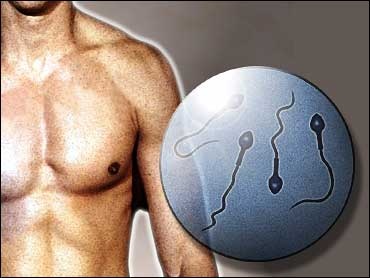Treatment of male infertility with catgut implantation using acupuncture
Keywords:
DeCS, MALE INFERTILITY, IMPLEMENTATION OF CATGUT, SpermiogramAbstract
ABSTRACT
Introduction: infertility is a contemporary and complex health problem. Male factor is involved in about 50% of infertile couples, by single or by shared causes.
Objective: to assess the effect of catgut implantation using acupuncture in male infertility.
Method: an experimental study was conducted in the service of Natural and Traditional Medicine at Abel Santamaria Cuadrado Teaching General Hospital in Pinar del Rio, Cuba during 2015, with 109 infertile patients who met the projected inclusion criteria. They were treated with catgut implantation at certain acupuncture points, assessing them with espermiograms every 3 months. For the categorization of variables: the improving of seminal parameters, required time, idiopathic and postsurgical infertility, chi square test with a significance level of 95% was performed.
Results: patients were predominantly between 30 and 39 years old. More than the half of the patients studied presented alcohol intake in some extent, 19.3% smoked and 24.8% were exposed to pesticides. No adverse reactions appeared in any of the 109 patients under treatment and most of them (78.9%), modified the sperm values positively, requiring an average of treatment between 4 and 6 months respectively.
Conclusions: the treatment proposed for patients with idiopathic infertility or after surgical treatments of varicocele is a simple, inexpensive and non-invasive therapeutic modality, which favorably modifies the parameters of semen. The effectiveness of this technique in male infertility should continue its investigation in the future.
Downloads

Published
How to Cite
Issue
Section
License
Authors who have publications with this journal agree to the following terms: Authors will retain their copyrights and grant the journal the right of first publication of their work, which will be publication of their work, which will be simultaneously subject to the Creative Commons Attribution License (CC-BY-NC 4.0) that allows third parties to share the work as long as its author and first publication in this journal are indicated.
Authors may adopt other non-exclusive license agreements for distribution of the published version of the work (e.g.: deposit it in an institutional telematic archive or publish it in a volume). Likewise, and according to the recommendations of the Medical Sciences Editorial (ECIMED), authors must declare in each article their contribution according to the CRediT taxonomy (contributor roles). This taxonomy includes 14 roles, which can be used to represent the tasks typically performed by contributors in scientific academic production. It should be consulted in monograph) whenever initial publication in this journal is indicated. Authors are allowed and encouraged to disseminate their work through the Internet (e.g., in institutional telematic archives or on their web page) before and during the submission process, which may produce interesting exchanges and increase citations of the published work. (See The effect of open access). https://casrai.org/credit/


